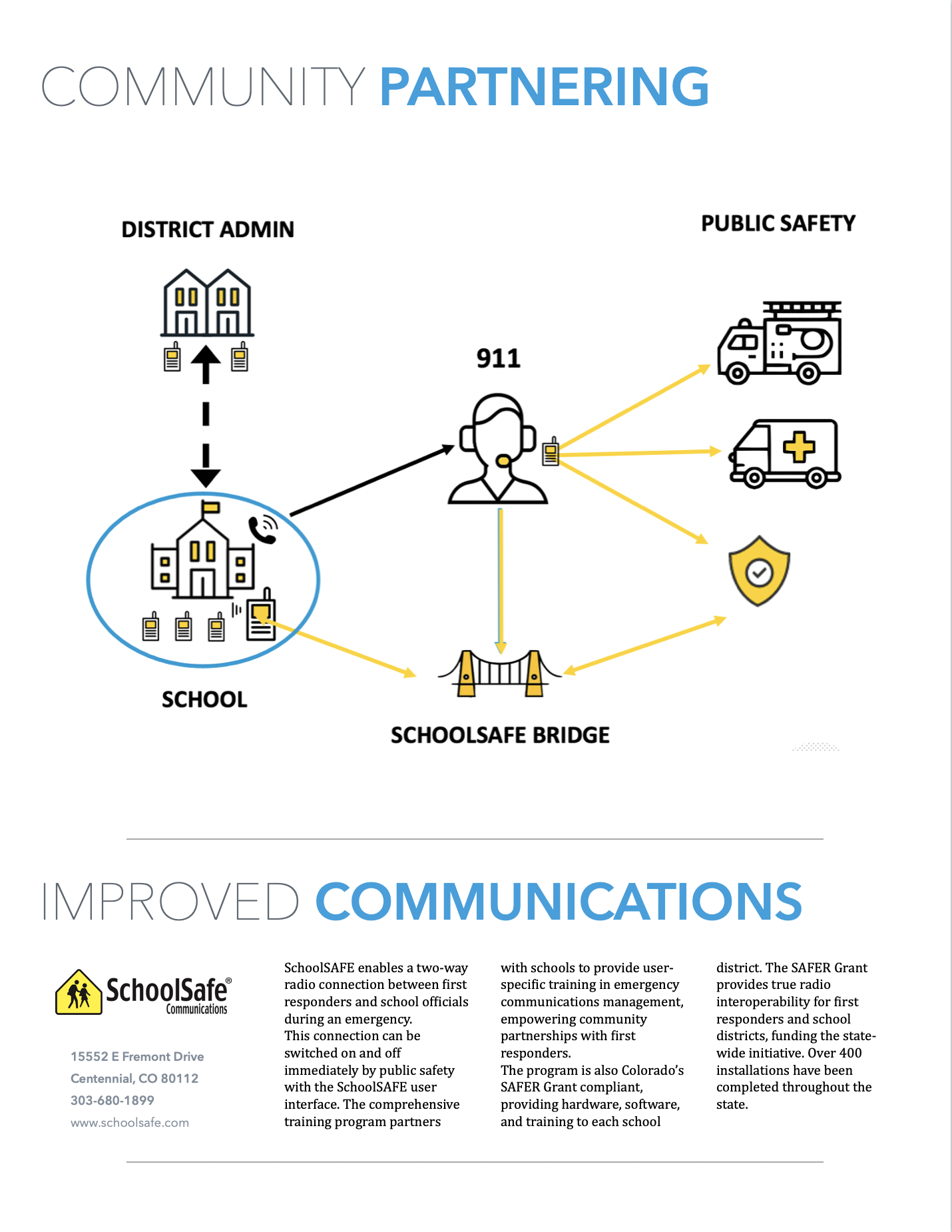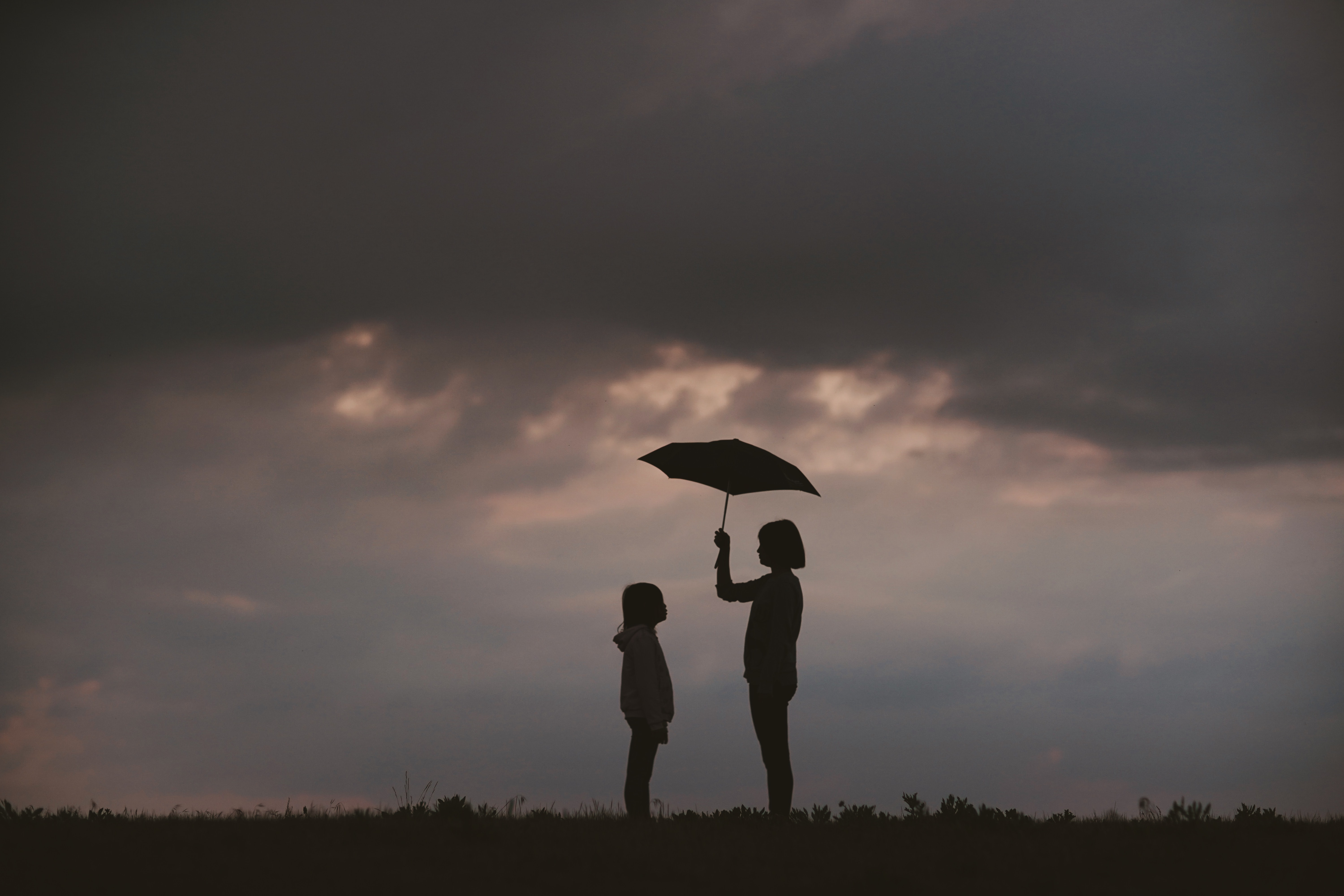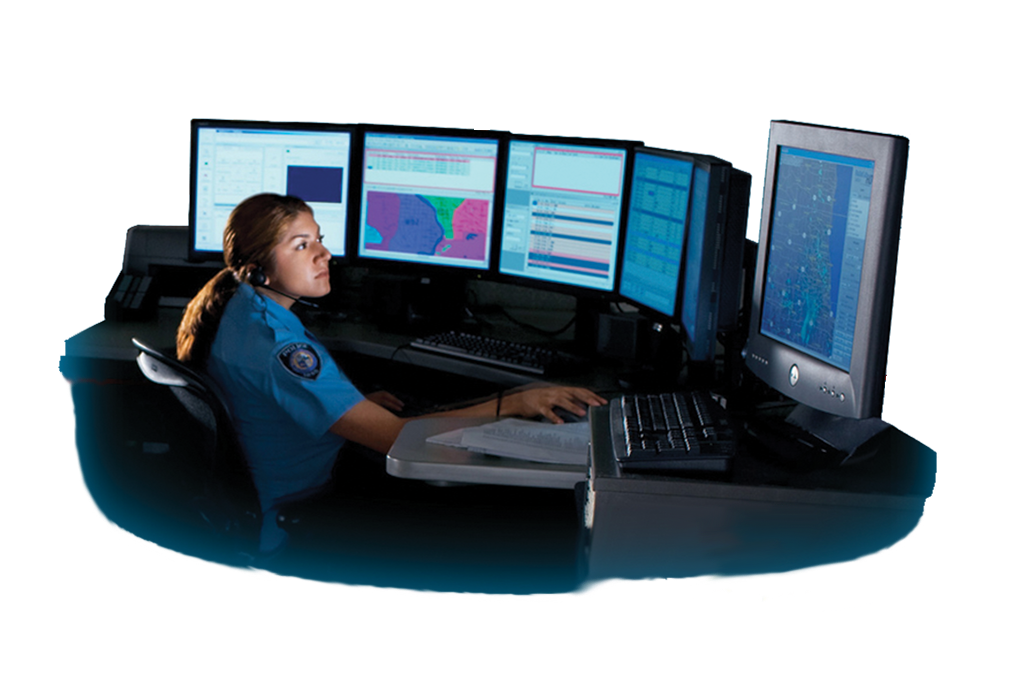Why an EOP is Important:
SchoolSAFE takes an all-hazards approach to school safety. What does that mean, exactly? It means that any event that can potentially disrupt the school day is something our solution can help improve. How does a district prepare for any and all emergencies throughout the district? School emergency operations plans, or an EOP, are a necessary place to start. Understanding and planning how, who, what, and where in an even can bring together the community and can help manage expectations so that when a crisis does happen, the schools and district are prepared. Having a team prepared for any and all situations at the district and school level is a no-brainer. Specifically, high-quality school emergency operations plans will ensure that the plans are tailored to a specific school and a specific district for a potentially better outcome.
Where to Start
Firstly, when writing high-quality school EOPs, it is important to consider the role of communication in ensuring the safety of students and staff. According to the Guide for Developing High-Quality School Emergency Operations Plans by the U.S. Department of Education, effective communication is essential for the successful implementation of an emergency operations plan. The guide highlights the importance of establishing clear communication protocols and ensuring that all stakeholders are aware of their roles and responsibilities during an emergency situation.
Understandably, starting to write or improve upon your district’s emergency operations plans can be daunting if plans don’t exist yet. In Colorado, the School Safety Resource Center provides helpful resources to start or improve your emergency operations plan. Helpfully, these resources include communication protocols and procedures for documenting incoming and outgoing communications, as well as the importance of community partnering. Having high-quality school emergency operations plans start with education and allocating time.
How Does SchoolSAFE Fit?
The SchoolSAFE Program improves communications between schools, districts, public safety, and other community partners. A large component of our program includes training to improve said communications. Regular drills and training ensure all stakeholders are well-prepared to respond to emergencies. This will help reduce potential panic and confusion during a crisis and improve the overall effectiveness of the emergency operations plan. A team that communicates well during an emergency is a major asset to a school. During our trainings, we review scenarios that focus on the utilization of a school’s existing plans. We help make your communications plan high-quality. Click the “Contact Us” tab or button to get in touch, we can help.




